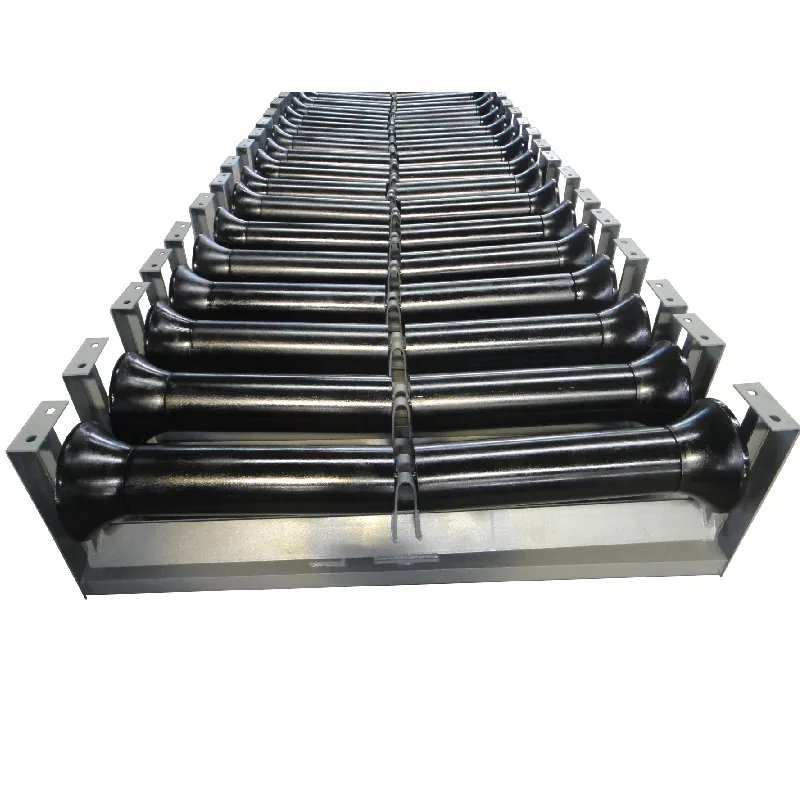 Afrikaans
Afrikaans  Albanian
Albanian  Amharic
Amharic  Arabic
Arabic  Armenian
Armenian  Azerbaijani
Azerbaijani  Basque
Basque  Belarusian
Belarusian  Bengali
Bengali  Bosnian
Bosnian  Bulgarian
Bulgarian  Catalan
Catalan  Cebuano
Cebuano  Corsican
Corsican  Croatian
Croatian  Czech
Czech  Danish
Danish  Dutch
Dutch  English
English  Esperanto
Esperanto  Estonian
Estonian  Finnish
Finnish  French
French  Frisian
Frisian  Galician
Galician  Georgian
Georgian  German
German  Greek
Greek  Gujarati
Gujarati  Haitian Creole
Haitian Creole  hausa
hausa  hawaiian
hawaiian  Hebrew
Hebrew  Hindi
Hindi  Miao
Miao  Hungarian
Hungarian  Icelandic
Icelandic  igbo
igbo  Indonesian
Indonesian  irish
irish  Italian
Italian  Japanese
Japanese  Javanese
Javanese  Kannada
Kannada  kazakh
kazakh  Khmer
Khmer  Rwandese
Rwandese  Korean
Korean  Kurdish
Kurdish  Kyrgyz
Kyrgyz  Lao
Lao  Latin
Latin  Latvian
Latvian  Lithuanian
Lithuanian  Luxembourgish
Luxembourgish  Macedonian
Macedonian  Malgashi
Malgashi  Malay
Malay  Malayalam
Malayalam  Maltese
Maltese  Maori
Maori  Marathi
Marathi  Mongolian
Mongolian  Myanmar
Myanmar  Nepali
Nepali  Norwegian
Norwegian  Norwegian
Norwegian  Occitan
Occitan  Pashto
Pashto  Persian
Persian  Polish
Polish  Portuguese
Portuguese  Punjabi
Punjabi  Romanian
Romanian  Russian
Russian  Samoan
Samoan  Scottish Gaelic
Scottish Gaelic  Serbian
Serbian  Sesotho
Sesotho  Shona
Shona  Sindhi
Sindhi  Sinhala
Sinhala  Slovak
Slovak  Slovenian
Slovenian  Somali
Somali  Spanish
Spanish  Sundanese
Sundanese  Swahili
Swahili  Swedish
Swedish  Tagalog
Tagalog  Tajik
Tajik  Tamil
Tamil  Tatar
Tatar  Telugu
Telugu  Thai
Thai  Turkish
Turkish  Turkmen
Turkmen  Ukrainian
Ukrainian  Urdu
Urdu  Uighur
Uighur  Uzbek
Uzbek  Vietnamese
Vietnamese  Welsh
Welsh  Bantu
Bantu  Yiddish
Yiddish  Yoruba
Yoruba  Zulu
Zulu Innovative Designs for Mining Conveyor Pulleys and Their Applications in Industry
Mining Conveyor Pulleys An Essential Component in Material Handling
In the mining and mineral processing industry, efficient material handling is crucial for maximizing production rates and minimizing operational costs. One of the key components that facilitate this process is the conveyor pulley. Conveyor pulleys are mechanical devices used to support and control the movement of conveyor belts, which transport raw materials such as coal, metal ores, and aggregates from one location to another.
Types of Conveyor Pulleys
Conveyor pulleys come in various designs and types, each tailored for specific applications and operational requirements. The most common types include
1. Drive Pulleys These are located at the head of the conveyor and are responsible for driving the conveyor belt. They are often equipped with drive motors that provide the necessary force to move the materials.
2. Return Pulleys Positioned at the tail end of the conveyor, return pulleys support the belt as it returns to the drive pulley for another cycle. Their role is vital in maintaining the belt tension and alignment.
3. Tail Pulleys These are crucial for supporting the ends of a conveyor. They help in the winding of the belt and are designed to withstand dynamic loads during operation.
5. Wing Pulleys These are often employed in applications where material build-up can occur, such as in the transfer points. Wing pulleys are designed with raised edges that help shed material, preventing blockages.
Material and Construction
mining conveyor pulleys

The construction materials of conveyor pulleys are crucial for their durability and performance. Most commonly, they are made from steel, which provides strength and resistance to wear from abrasive materials. However, some applications necessitate the use of composite materials or rubber coverings to reduce noise levels, increase the lifespan, and minimize damage to the conveyor belt.
Moreover, pulleys are often coated with protective finishes to prevent corrosion caused by harsh environmental conditions, such as humidity, dust, and chemical exposure, which is especially prevalent in mining operations.
Importance of Proper Sizing and Design
Selecting the appropriate size and design for conveyor pulleys is critical to the overall efficiency of a mining operation. The diameter, width, and weight of the pulley must match the material being transported and the specific requirements of the conveyor system. A well-designed pulley system ensures that the conveyor belt operates at the optimal tension, reducing wear and tear and prolonging the life of both the belt and pulleys.
Maintenance and Performance Monitoring
Regular maintenance of conveyor pulleys is essential to ensure optimal performance and to avoid unplanned downtime. Operators should inspect pulleys for signs of wear, alignment issues, and other potential problems regularly. Implementing a structured maintenance schedule can help identify issues before they lead to significant operational disruptions.
Additionally, advanced monitoring technologies are now integrated into conveyor systems, allowing operators to track the performance of pulleys in real time. Sensors can detect changes in vibration, temperature, and load, providing valuable data for predictive maintenance and helping to enhance the efficiency and reliability of the overall system.
Conclusion
In conclusion, mining conveyor pulleys play a pivotal role in the efficiency and effectiveness of material handling operations. Their design, construction, and maintenance directly impact the productivity and safety of mining activities. As the industry evolves and incorporates more advanced technologies, conveyor pulleys will continue to be a critical element in optimizing the logistics of material movement across various mining environments. Investing in high-quality pulleys and maintaining them appropriately will remain fundamental for mining companies aiming to improve their operational efficiencies and reduce costs.
-
Revolutionizing Conveyor Reliability with Advanced Rubber Lagging PulleysNewsJul.22,2025
-
Powering Precision and Durability with Expert Manufacturers of Conveyor ComponentsNewsJul.22,2025
-
Optimizing Conveyor Systems with Advanced Conveyor AccessoriesNewsJul.22,2025
-
Maximize Conveyor Efficiency with Quality Conveyor Idler PulleysNewsJul.22,2025
-
Future-Proof Your Conveyor System with High-Performance Polyurethane RollerNewsJul.22,2025
-
Driving Efficiency Forward with Quality Idlers and RollersNewsJul.22,2025





























